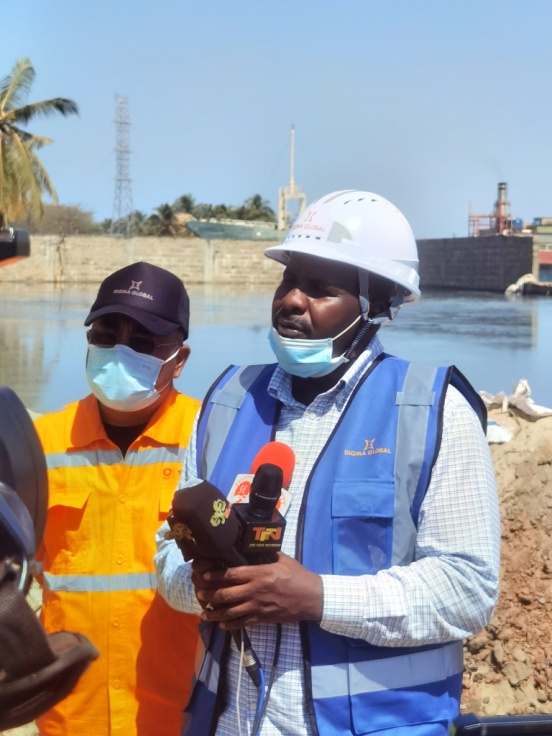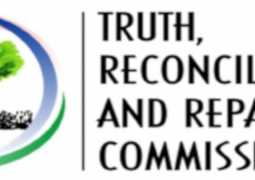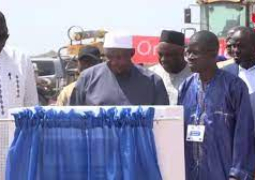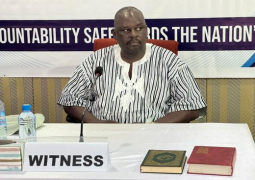
The objective of the project is to facilitate the docking of bigger sea vessels at the sea port, increase ports efficiency in turn around time of vessels, and cut on demurrage charges incurred by vessels that stay longer at the Seaport, official told press corps on Tuesday.
“The exercise will enable deep draft vessels to easily access the terminal and dock without facing dangers of…,” Yankuba Manneh, new Communications Officer, Gambia Ports Authority said at the press briefing held yesterday on site.
In 2018, a Belgian dredging consortium, Deme, was awarded the contract at a tune of €1.7 million to do the sea port. However, sediments and debris from the bottom of harbour and other water bodies due to the natural process of sand and silt washing downstream.
The exercise is a way of keeping the sea floor clear for many number of ships to easily access harbors and dock.
Mr. Musa Jagne, a Middle East based Gambian businessman who incorporated Sino Majilak, was awarded the contract to execute the dredging exercise. Jagne said his approach emphasises capability by bringing in more experienced engineers for job quality, technology transfer and skills training of Gambian youths.
The company will dig 10 meters additional depth than prescribed by the contract offer without compromising standards of the work. Twenty youths have been employed for the start. As they expand to the Denton Bridge, they target to employ up to 10 youths.
“This contract means a Gambian solution to Gambia’s problems. My vision for the country as a Diaspora Gambian is beyond dredging… I hope to contribute to industrialisation dream of this country if right opportunities are created for citizens to play our part,” he said.
Beyond the Seaport, the dredging project expands towards Denton Bridge where an estuary – meeting point of River Gambia and the Atlantic Ocean created a sand bank in the middle of the navigation path for river going vessels.
“That dredging is done in such a way that coral reefs – found at the bottom of the sea are avoided and sand deposits pumped out. The sand will be made available to the public for their construction needs at a reduced cost than those mined from the coastal settlements in the Kombos,” Banka Manneh, project Director of Communications explained.
Mr. Manneh maintained that the project is being executed in “the most ecologically sound manner” that respects the natural ecosystem.
From a study by a Netherlands company, Royal Has koning, this exercise can pump out 7.5 million cubic tonnes of sand from the surveyed area. “The removal of this sand bank will enable access for voyaging vessels and reduce marine accidents for many on the voyage,” Manneh added.
The sand is being pumped out to a one-hectare land area just by the Denton Bridge, now being dug into a tank to accommodates the sand. The process uses wide diameter pipes from the dredging vessels connected to the shore.
The one-hectare land had been initially used by women for cultivating garden produce. 11 of them were identified for compensation by the project which includes, offering jobs to their children as an addition.
Alhagie Muhammed Samateh, a partner in the Sino Majilak Gambia Plc said such a dredging exercise is a routine necessity in waterways around the world because sedimentation gradually fills channels and harbors.
“This clean-up exercise, once completed, will facilitate the smooth access to the Barth by ships, increase the berthing capacity by 40% and reduce ship waiting time. Also the annual ship turnaround time will flare up and congestion will be curtailed as well,” explained Mr Yankuba Manneh, GPA Communications Officer.




